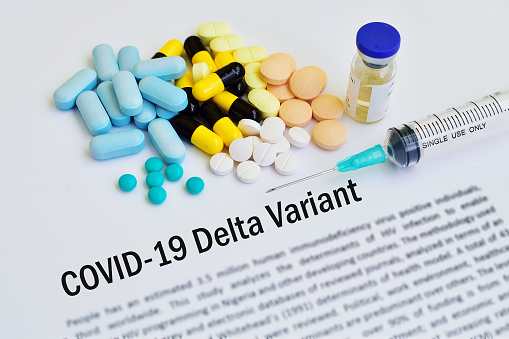

C Thymuses were the initial source of thymosin alpha 1 (T1), an amino acid peptide of 28 amino acids, in 1977. T-cell, dendritic cell (DC), and antibody responses are enhanced, cytokines and chemokines are modulated, and this peptide prevents steroid-induced cell death. Treatment for a wide range of disorders has been made possible by the increased interest in T1’s pleiotropic biological activity during the last several years. So the need for this peptide’s manufacture is rising. So far, solid-phase peptide synthesis has been employed to produce T1 in clinical trials. We’ve compiled a list of several genetic engineering techniques for generating T1 in prokaryotic or eukaryotic expression systems. Cell proliferation and cytokine production were studied in vitro using these biological products to increase their efficiency. Research and therapeutic applications might benefit from a biotechnological production of Thymosin Alpha 1 for sale.
First, researchers identified and defined the 28-amino acid peptide known as Thymosin alpha 1. The thymus is a crucial organ for maintaining the immune system’s homeostasis in the peripheral nervous system, which is why T1’s research started there. Thymosin, the first lymphocytopoietic factor isolated and reported from calf thymus, was first synthesized in 1966. Goldstein and Badamchian reviewed the numerous actions of thymosin on the immunological, endocrine, and central neurological systems. A heat-stable, acetone-insoluble formulation of this factor, dubbed thymosin fraction 5 (TF5), was isolated after further purification and was shown to stimulate T cell differentiation, boost immune function, and trigger death in neuroendocrine tumor cells. Scientists were encouraged by the findings with TF5 to continue identifying the chemicals in TF5 that are involved in T-cell immunity restoration. In 1977, T1 was isolated from TF5 and shown to be 10–1000 times more potent than TF5 in vivo and in vitro, setting the stage for further research.
T1’s immunoregulatory action has been studied extensively in vitro and in vivo. Several studies have shown that T1 improved the efficiency of T cell maturation, induced the development of precursor stem cells into CD4+/CD8+ T cells, and balanced the ratio of CD3/CD4+/CD8+ T cells in peripheral blood mononuclear cells (PBMCs). T1 might destroy virally infected cells directly by activating NK and cytotoxic lymphocytes (CD8+ T cells). Protecting immunocompromised mice against aspergillosis mortality by stimulating dendritic cells (DCs) was the primary goal of T1. In individuals with chronic HCV, T1 induced a considerable rise in IL-2 and a reduction in Th2 cytokines such as IL-4 and IL-10. As a result, severe acute pancreatitis was significantly reduced by T1’s negative influence on the blood levels of IL-1 and TNF-. IL-2 receptors, such as high-affinity IL-2 cytokine receptors, were similarly increased by T1.
T1 has been proven to inhibit tumor cell proliferation both in vitro and in vivo and is beneficial in treating various cancers. On human hepatoma cell lines HepG2 and SPC-A-1, T1 was shown to have antiproliferative effects in vitro. BALB/c mice were treated subcutaneously with T1, which showed substantial reductions in liver and lung metastases and local tumor development when tested for its anti-metastatic/antitumor effect. Mammary cancer incidence and survival time were reduced and prolonged by T1 in a study in fisher rats. It was unclear whether T1 boosted the immune response to C3SV40T antigen transgenic mice and fisher rats in this breast adenoma model. Researchers who administered T1 to A/J mice with lung adenomas daily showed that the anticancer action of T1 was most potent when the adenomas were tiny. T1 may stimulate the immune system or directly decrease the multiplication of tumor cells to combat cancer.
T1 was shown to have antioxidant properties in several studies. Liver superoxide dismutase (SOD) and glutathione peroxidase (GSH-Px) activities were positively influenced by T1; hence, free radical damage to liver tissue was reduced. According to the same research, reducing malondialdehyde (MDA), increasing GSH, and enhancing both SOD and catalase (CAT) activity were all reported to improve streptozotocin-induced pancreatic lesions and diabetes. It implies that T1 treatment could significantly improve the overall antioxidative capability of pancreatic tissues.
In the vibrant culinary landscape of Singapore, where flavors from around the world converge, sea…
Understanding the Process Registering your 50 Gaj plot in Anand Vihar is a crucial step…
Understanding Ticker Tape Ticker tape is a tool used in the financial markets to display…
Home renovations give your home the new look it deserves. Although these projects seem like…
Overview of Technical Analysis Technical analysis involves the study of historical market data, primarily price…
In the complex arena of business, disputes are as inevitable as deadlines. Whether it’s a…
This website uses cookies.